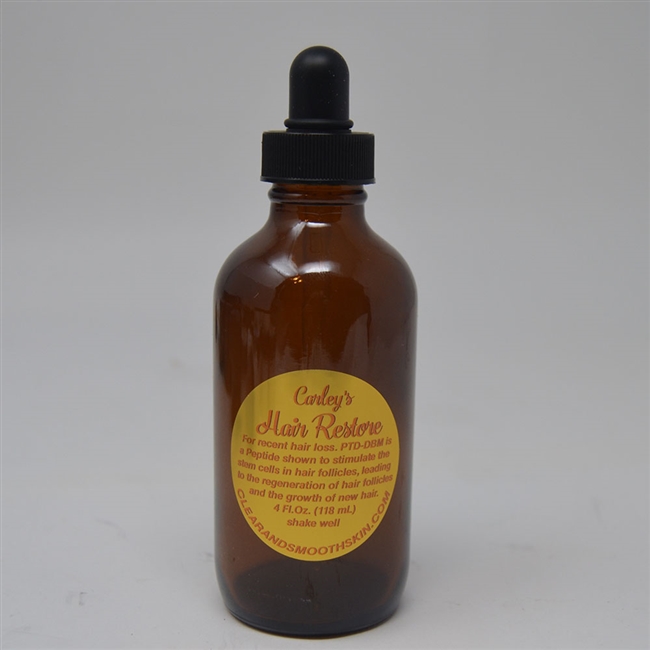- Joined
- Apr 5, 2016
- Messages
- 1,656
Interesting new study that shows that protein binding might be one of the main causes of hair loss. Anyone off the top of their head can think of supplements that would prevent protein aggregation. The one that jumps out in my mind is Lanosterol but not sure if it would be relevant in this case. Maybe @haidut has some thoughts?
"scientists at Choi Kang-yeol of Yonsei University in Seoul discovered that when a certain protein, CXXC5, binds to another protein called “Dishevelled," the combination restricts hair growth and wound regeneration.
In their study, published in the Journal of Investigative Dermatology, they showed that they could prevent CXXC5 from binding to Dishevelled by adding a specially devised biochemical agent that blocks CXXC5. Without the binding between CXXC5 and Dishevelled, mice did not lose their hair, and bald mice even grew it back."
Korean scientists move forward to cure baldness
"When CXXC5 binds with a protein called the Dishevelled protein, it prevents follicle development and hair regrowth. A new biomaterial developed by the team interferes with this binding process. It's called PTD-DBM, and when applied to the bare skin of bald mice for 28 days, new follicles developed."
Scientists Have Developed a Baldness Treatment That Helps Grow New Follicles
Link to study here: Targeting of CXXC5 by a Competing Peptide Stimulates Hair Regrowth and Wound-Induced Hair Neogenesis - ScienceDirect
Also some information on what "dishevelled" proteins are;
"Dishevelled (Dsh) is a family of proteins involved in canonical and non-canonical Wnt signalling pathways. Dsh is a cytoplasmic phosphoprotein that acts directly downstream of frizzled receptors.[1] It takes its name from its initial discovery in flies, where a mutation in the dishevelled gene was observed to cause improper orientation of body and wing hairs.[2] It is thought to interact with the novel protein, SPATS1, when regulating the Wnt Signalling pathway.[3]"
Dishevelled - Wikipedia
Side note: I am pretty sure when they say protein binding they mean aggregation unless there is some subtle difference I am unaware of that someone wants to correct me on.
"scientists at Choi Kang-yeol of Yonsei University in Seoul discovered that when a certain protein, CXXC5, binds to another protein called “Dishevelled," the combination restricts hair growth and wound regeneration.
In their study, published in the Journal of Investigative Dermatology, they showed that they could prevent CXXC5 from binding to Dishevelled by adding a specially devised biochemical agent that blocks CXXC5. Without the binding between CXXC5 and Dishevelled, mice did not lose their hair, and bald mice even grew it back."
Korean scientists move forward to cure baldness
"When CXXC5 binds with a protein called the Dishevelled protein, it prevents follicle development and hair regrowth. A new biomaterial developed by the team interferes with this binding process. It's called PTD-DBM, and when applied to the bare skin of bald mice for 28 days, new follicles developed."
Scientists Have Developed a Baldness Treatment That Helps Grow New Follicles
Link to study here: Targeting of CXXC5 by a Competing Peptide Stimulates Hair Regrowth and Wound-Induced Hair Neogenesis - ScienceDirect
Also some information on what "dishevelled" proteins are;
"Dishevelled (Dsh) is a family of proteins involved in canonical and non-canonical Wnt signalling pathways. Dsh is a cytoplasmic phosphoprotein that acts directly downstream of frizzled receptors.[1] It takes its name from its initial discovery in flies, where a mutation in the dishevelled gene was observed to cause improper orientation of body and wing hairs.[2] It is thought to interact with the novel protein, SPATS1, when regulating the Wnt Signalling pathway.[3]"
Dishevelled - Wikipedia
Side note: I am pretty sure when they say protein binding they mean aggregation unless there is some subtle difference I am unaware of that someone wants to correct me on.

